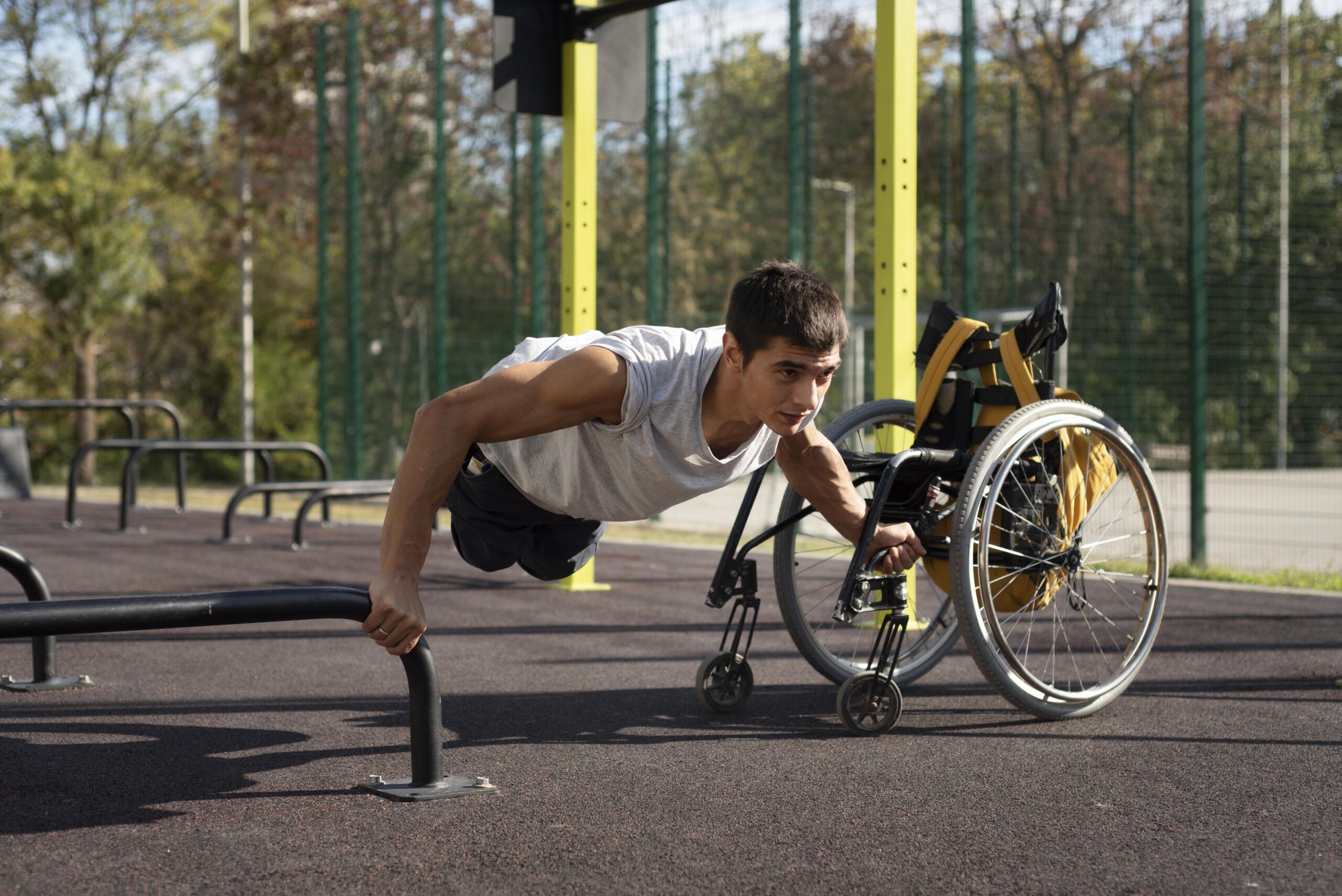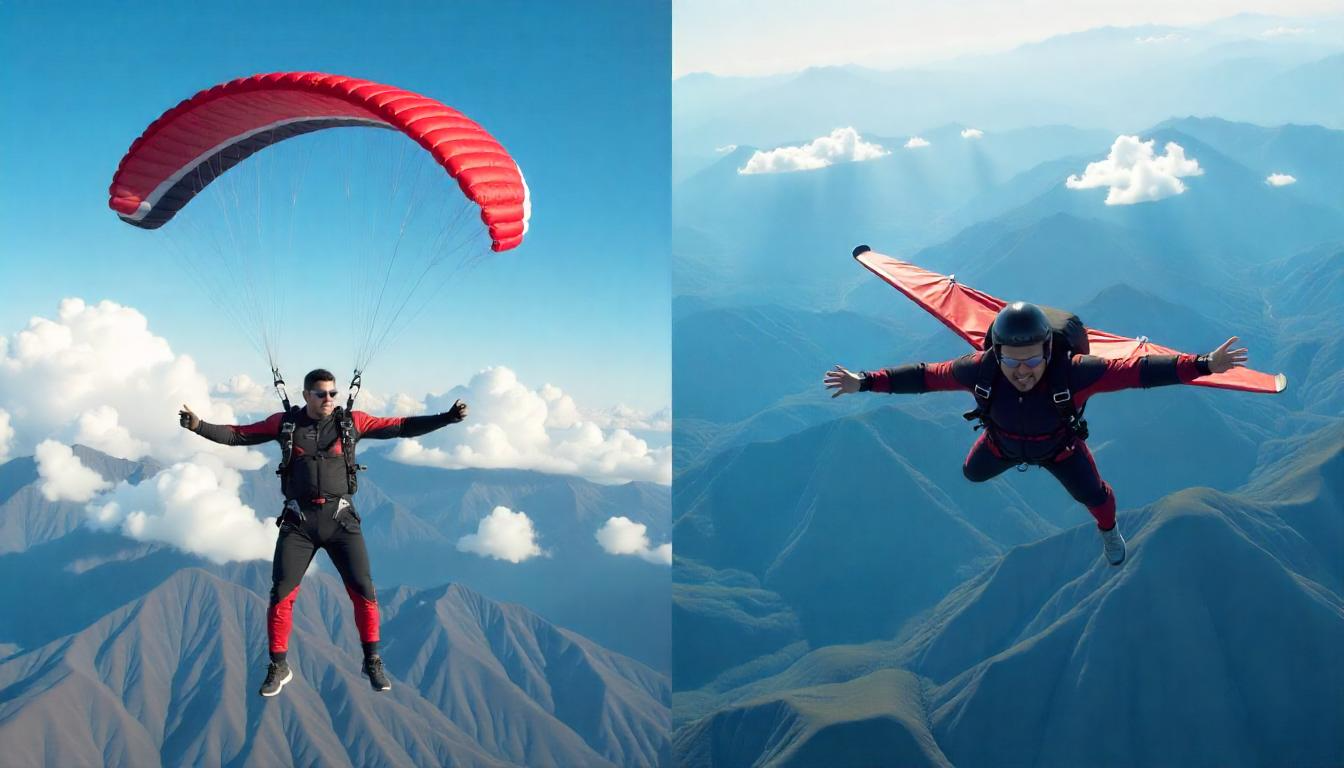Adaptive sports offer a life-changing opportunity for individuals with disabilities, allowing them to participate in athletic activities that are specifically designed to meet their individual needs. This type of sports participation is essential in creating an environment of inclusivity, where everyone has the chance to engage in physical activities. It encourages not just physical fitness but also contributes positively to mental health.
The history of adaptive sports can be linked to significant events such as the Paralympic Games. Since they started, these games have grown immensely, highlighting the remarkable skills and talents of athletes with disabilities and proving that they can compete at high levels. Being part of these sports does not just empower individuals; it fosters communities that celebrate the uniqueness of each person and recognize the strength that comes from diversity and resilience. Through shared experiences in disability sports, individuals build friendships, gain confidence, and inspire others, creating a supportive network that uplifts everyone involved.
Types of Adaptive Sports
Wheelchair Sports
Wheelchair basketball: Wheelchair basketball is a popular sport that closely mirrors the rules of traditional basketball. Athletes use specialized adaptive equipment that is engineered for agility and speed, allowing players to navigate the court with ease. This dynamic game emphasizes teamwork, as players must work together to score points while also employing strategies to outmaneuver their opponents.
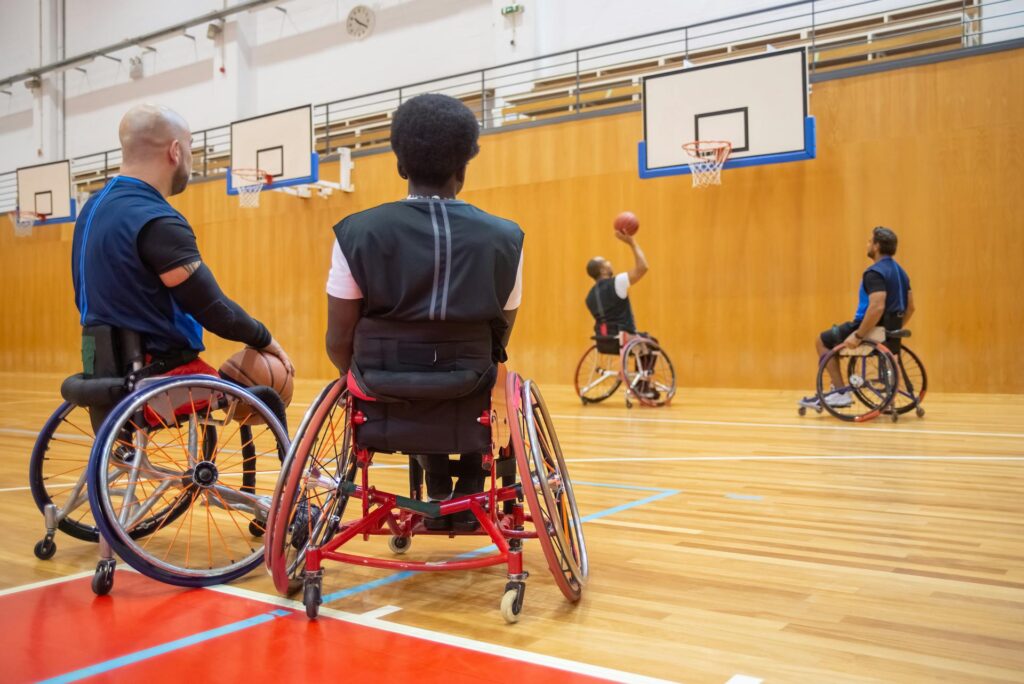
Wheelchair Tennis: Another well-known wheelchair sport is wheelchair tennis. In this adaptation of tennis, players are allowed to use their wheelchairs to position themselves and hit the ball. The sport includes specific modifications to the rules, such as permitting the ball to bounce twice before the player must return it. This makes the game accessible and enjoyable for individuals with varying levels of mobility.
Wheelchair Rugby: Wheelchair rugby, often referred to as “murderball,” combines elements from both rugby and basketball. It is a contact sport that involves intense physical competition and requires skillful teamwork. Teams consist of players who utilize wheelchairs in a fast-paced fight to score points by carrying a ball across the opposing team’s goal line. The sport fosters camaraderie among players, as they support each other on and off the court.
Motor Sports
Adaptive Auto Racing: Motor Sports is an exciting field that has made great strides in becoming more inclusive for all drivers, especially for those needing adaptive technology. One of the most notable advancements is in adaptive auto racing. Vehicle design has evolved significantly, allowing individuals with various disabilities to participate and compete at high speeds. This innovation not only opens doors for drivers who might have previously faced barriers but also enables them to display their racing skills on renowned racetracks around the world. The thrill of speed and competition remains the same, and these athletes prove that determination and talent can shine through, regardless of physical challenges.
Rally Racing: Another area where inclusivity is thriving is rally racing. This sport has taken important steps to accommodate drivers with physical challenges by modifying vehicles to ensure they can participate fully. These modifications have leveled the playing field and created exhilarating racing experiences. Rally racing combines high-speed driving with challenging terrains, and by making it more accessible, more talented individuals can showcase their abilities. The excitement of rally racing lies in its unpredictable nature, and when drivers with diverse backgrounds compete, it adds another layer of thrill to the sport.

Water Sports
Adaptive Rowing: Water sports provide exciting opportunities for individuals of all abilities. One of the most notable areas is adaptive rowing, which emphasizes inclusivity by offering tailored programs designed for athletes with disabilities. These programs utilize specialized boats and adaptive equipment that are designed to accommodate various needs. As a result, athletes can row in different water conditions, ensuring that everyone has the chance to participate and enjoy the sport.
Adaptive Sailing: Another important aspect of adaptive water sports is adaptive sailing. The 2.4mR sailboat is a popular option in this category, designed specifically to meet the needs of sailors with disabilities. Events like the Para World Sailing Championship showcase the skills and talents of these athletes, proving that, with the right equipment, sailing can be an accessible and enjoyable activity for all.
Adaptive Surfing: In addition to rowing and sailing, adaptive surfing has gained popularity as well. Organizations such as the Adaptive Surf Project play a crucial role in helping individuals with disabilities experience the unique thrill of catching waves. These programs ensure that everyone, regardless of their physical limitations, can enjoy the ocean and the excitement of surfing. Through adaptive techniques and supportive communities, these water sports open up new avenues for participation and enjoyment, fostering a sense of belonging and achievement among athletes.
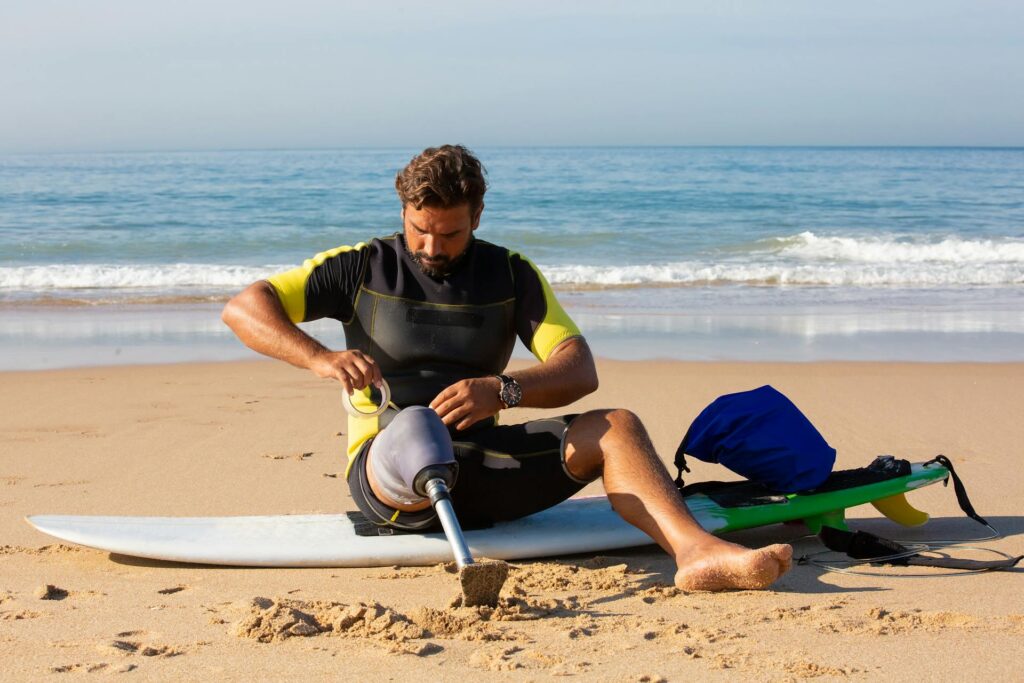
Winter Sports
Adaptive Skiing and Snowboarding: Winter sports provide exciting opportunities for athletes of all abilities to enjoy the thrill of the snow and ice. In the category of adaptive skiing and snowboarding, athletes can participate through methods like sit-skiing and mono-skiing. These techniques utilize specially designed equipment that allows individuals with mobility challenges to experience the joy of skiing on the slopes. Sit-skiing enables athletes to sit in a secure and comfortable position while gliding down the mountain, providing stability and safety. Mono-skiing involves a single ski that is controlled with the help of two outriggers, offering balance and mobility for those who have limited leg use.

Sledge Hockey: A fast-paced and exciting game played on ice. In this sport, athletes sit in sledges and use sticks to maneuver the puck while racing across the rink. This makes sledge hockey accessible to those with disabilities affecting their lower limbs. The thrill of competition, combined with the teamwork required, makes it a captivating experience for both players and spectators. Athletes in sledge hockey showcase incredible skill and determination, proving that the spirit of sport is alive and well in winter activities for everyone.
Track and Field
Handcycling: Handcycling is a specific type of cycling that is tailored for athletes who have impairments in their lower limbs. With the use of specially designed bikes, these athletes can participate in competitions that recognize and celebrate their abilities. Handcycles are equipped with hand pedals, which provide a means for individuals who may not be able to use their legs effectively to engage in competitive cycling. This inclusive approach allows hand cyclists to race in events alongside other cyclists, promoting equality and opportunity in the world of sports.
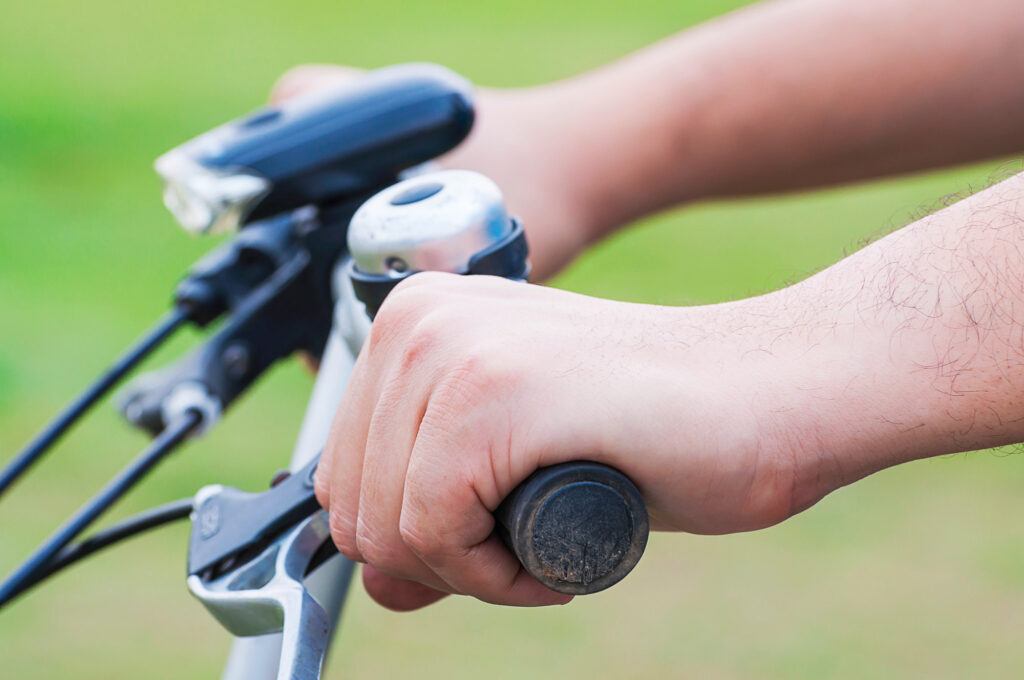
Athletics for the Visually Impaired: Athletics for the Visually Impaired allows individuals with vision challenges to participate actively in track and field events. This participation is made possible through the use of specialized guides who assist these athletes during races. Guides may run alongside visually impaired athletes, communicating important information about the course and helping them navigate obstacles. Additionally, there are classification systems that categorize athletes based on their level of vision impairment. This makes sure that competitions are equal and that athletes are matched up with others who have comparable skills. Through these adaptations, visually impaired athletes can enjoy the thrill of competition and the chance to achieve their personal best in track and field events.
Combat Sports
Adaptive Judo: Adaptive Judo is one such program that has made strides in inclusivity. This martial art has modified its rules and techniques to ensure that people with various disabilities can participate effectively. The focus is on skill development, allowing athletes to enhance their abilities while also encouraging competition among peers. By providing a supportive environment, Adaptive Judo not only builds physical strength but also boosts confidence and social interaction.
Adaptive Taekwondo: Similarly, Adaptive Taekwondo offers specialized programs designed to accommodate the unique needs of adaptive athletes. These programs create training opportunities that are tailored to different abilities, ensuring everyone can enjoy the benefits of martial arts. Competitions in Adaptive Taekwondo are organized with the goal of inclusivity, allowing participants to showcase their skills in a respectful and encouraging atmosphere. Both Adaptive Judo and Adaptive Taekwondo exemplify the commitment to making combat sports accessible for all, emphasizing personal growth and achievement while fostering a sense of belonging in the martial arts community.
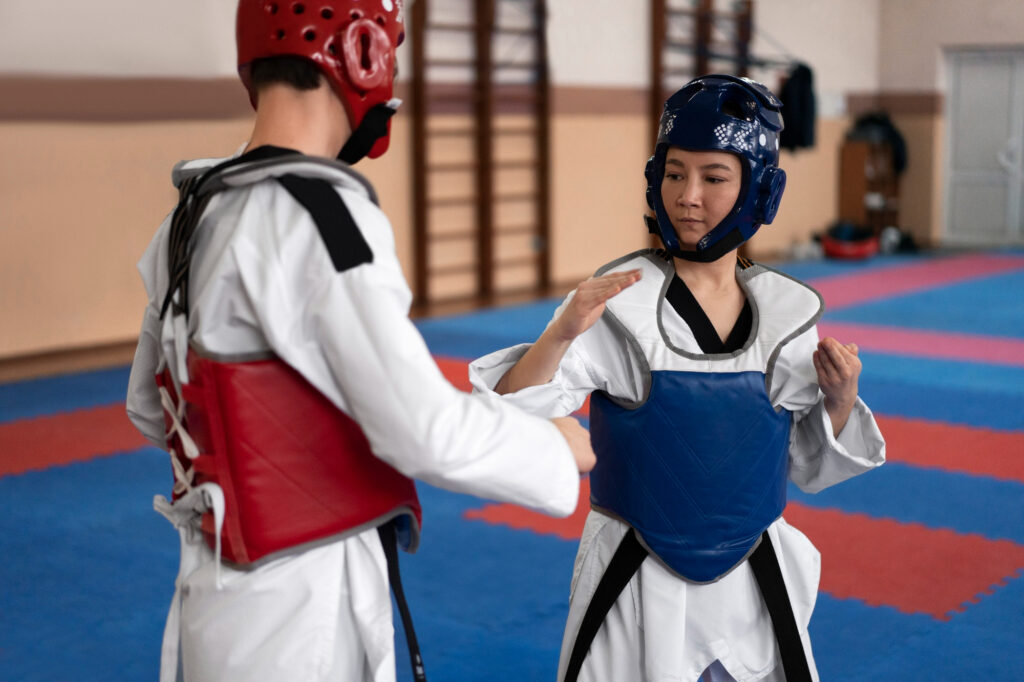
Team Sports
Blind Soccer: Team Sports play a vital role in bringing people together and encouraging cooperation. One noteworthy example is Blind Soccer, which is a thrilling version of traditional soccer designed specifically for athletes who are visually impaired. In this sport, a special ball containing bells is utilized, producing sounds that help players locate it while they navigate the field. This innovative approach allows visually impaired athletes to engage fully in the sport while enhancing their teamwork skills and providing a sense of community.
Unified Sports: Another significant initiative is Unified Sports, which aims to create an inclusive environment by pairing athletes with and without disabilities in various sporting activities. This program promotes understanding, collaboration, and friendship among all participants. By working together, these athletes learn the value of teamwork and respect for one another, breaking down barriers and fostering an atmosphere of inclusivity. Unified Sports not only enhances athletic skills but also builds relationships that extend beyond the playing field, making a positive impact on the lives of everyone involved.
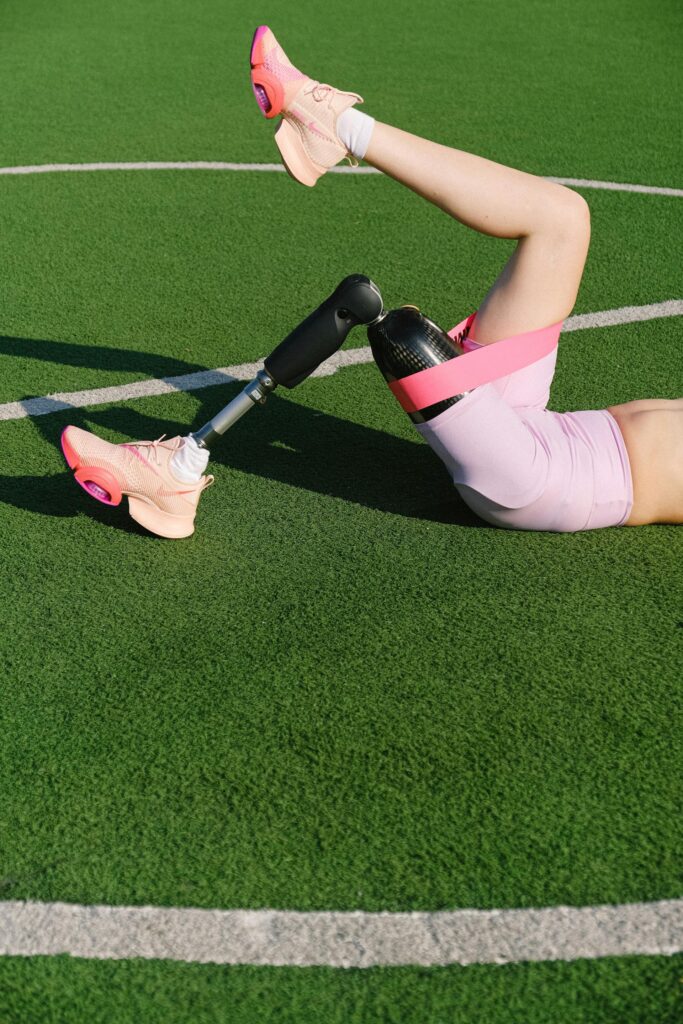
Fitness and Recreation
Adaptive Yoga: Adaptive Yoga offers classes designed for individuals with disabilities. In these sessions, instructors adjust poses and use props to help participants increase their flexibility and strength. The practice promotes mindfulness, allowing individuals to connect peacefully with their bodies and minds in a supportive setting.
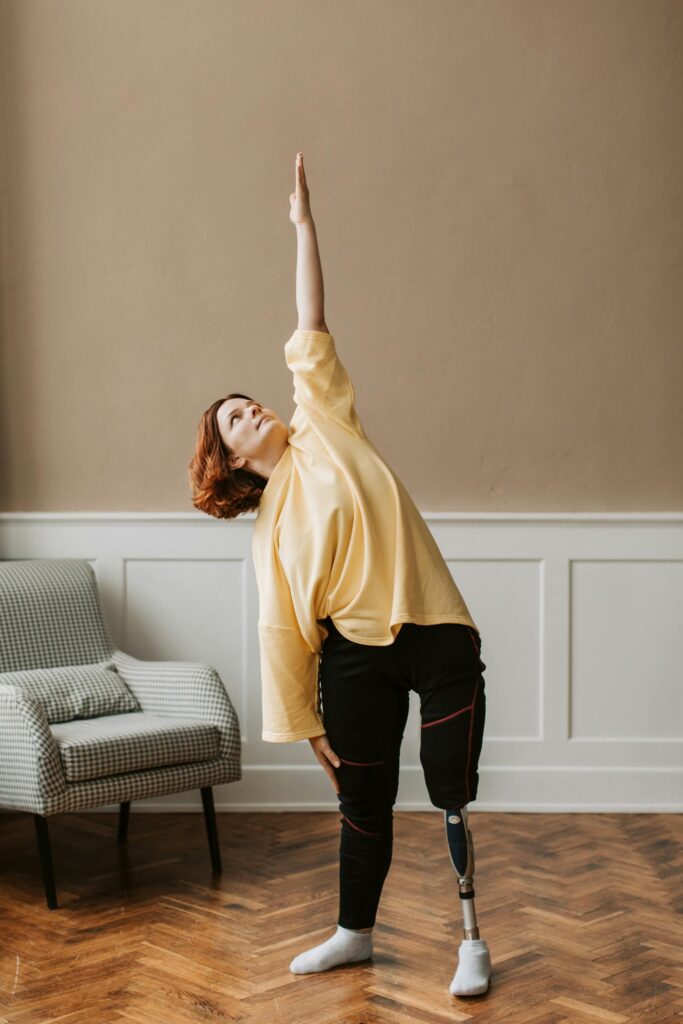
Adaptive Climbing: Another engaging option is Adaptive Climbing. Many climbing gyms now provide special equipment that makes climbing accessible to those with disabilities. This adaptive gear, such as harnesses and grips, ensures a safe climbing experience. Participants can enjoy climbing while building physical strength, coordination, and confidence.
Therapeutic Horseback Riding: Therapeutic Horseback Riding is another beneficial activity that provides both physical and emotional support. While riding, participants work on movements that enhance core strength and balance. This activity also fosters a special bond between the rider and the horse, offering emotional benefits. Riders often experience joy and freedom, improving their overall well-being and self-confidence.
Organizations Supporting Adaptive Sports
Organizations dedicated to supporting adaptive sports play a crucial role in promoting access and inclusion for individuals with disabilities. Among these, the U.S. Adaptive Recreation and Sport Association stands out as a key player. This organization focuses on creating opportunities for people of all abilities to participate in sports, emphasizing the importance of making recreational activities available to everyone. Their efforts help break down barriers that individuals may face, allowing them to enjoy the physical and emotional benefits of sports participation.
High-profile athletes, such as Jessica Long and Adam Bleakney, serve as powerful examples of what can be achieved through adaptive sports organizations. Their success stories resonate with many, offering inspiration and motivation to countless individuals who may be facing their own challenges. They not only excel in their respective sports but also use their platforms to raise awareness about adaptive sports and the importance of inclusivity. However, the sustainability of adaptive sports programs heavily relies on funding and sponsorships. These financial resources are essential to provide athletes with the necessary equipment, facilities, and coaching. Without adequate funding, many organizations would struggle to maintain their programs, limiting opportunities for athletes to thrive. By securing sponsorships and financial support, these organizations can continue to serve their communities, ensuring that all athletes have the means to pursue their passions in sports.
Benefits of Adaptive Sports
Joining adaptive sports offers many benefits that can greatly improve a person’s life. One of the key benefits is better physical health. Taking part in these inclusive sports regularly helps build strength, improve endurance, and increase flexibility. This activity leads to better overall fitness, which is important for a healthy lifestyle. Beyond physical health, adaptive sports also boost mental well-being. Being active and participating in sports can help reduce feelings of anxiety and depression. Participants often feel happier and gain self-esteem as they celebrate their achievements and progress. This positive mindset is supported by the friendly environment of adaptive sports, where individuals feel accepted and valued.
Adaptive sports are also a great way to learn important life skills. Many of these activities require teamwork, helping participants learn to cooperate and communicate with each other. This spirit of working together benefits not just sports but everyday life, where good teamwork is essential. Additionally, these settings can help develop leadership skills, as individuals have opportunities to guide and support others.
Confidence also grows among those who participate in adaptive sports. Setting and reaching personal goals, no matter the size, leads to a strong sense of accomplishment. This confidence can impact many areas of life, including personal relationships and career goals. Moreover, getting involved in adaptive sports helps lower stress levels. Physical activity is known to relieve stress and provides a way to cope with frustration and worry. Finally, adaptive sports help build social connections. The shared experiences of training, competing, and celebrating together create strong friendships. This sense of community enriches lives both on and off the field. Through the friendships formed in adaptive sports, participants find support and a feeling of belonging that enhances their overall quality of life.
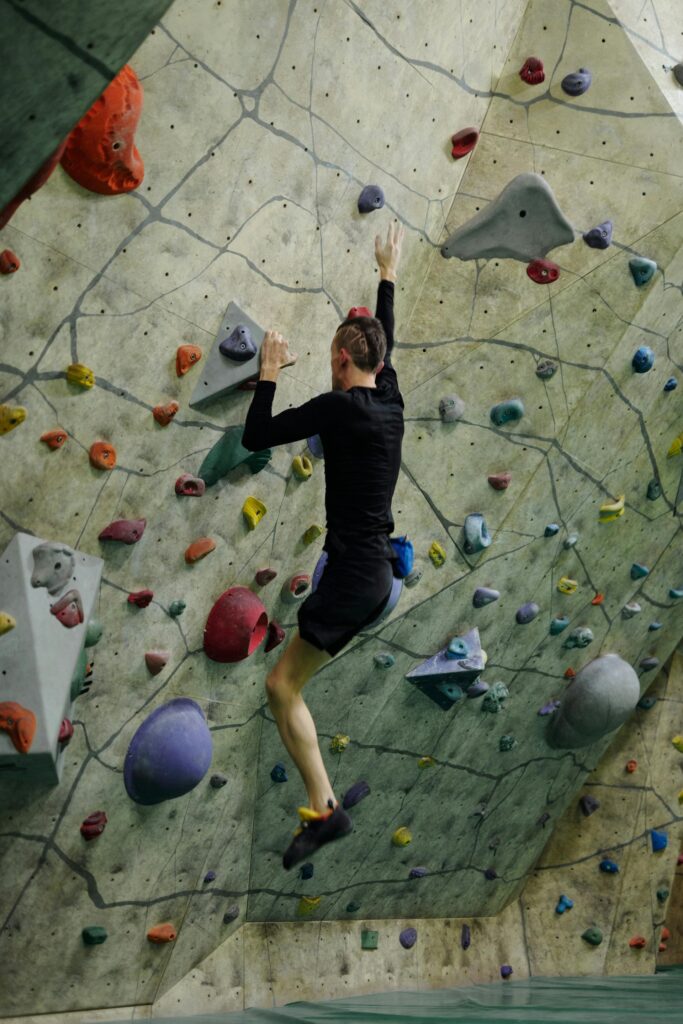
Challenges in Adaptive Sports
Even with the advancements made in adaptive sports, a number of significant challenges continue to hinder growth and participation in these activities. One of the most pressing problems is accessibility. Many sports facilities still do not have the proper accommodations for athletes with disabilities. This can mean a lack of wheelchair ramps, accessible restrooms, and other necessary features that allow athletes to participate fully. Without these basic facilities, many individuals may find it difficult to engage in sports, limiting their opportunities for competition and physical activity.
Another major obstacle is the high cost associated with specialized equipment. Depending on the sport, adaptive equipment can be extremely expensive, creating a financial burden for athletes and their families. Many athletes may not have access to the funds needed to purchase this equipment, which can prevent them from participating in the sports they love. This financial aspect can be even more challenging for those who rely on funding or sponsorships, as these opportunities are not always available or sufficient to cover the costs.
There is also a widespread lack of awareness and understanding of adaptive sports in society. Many people are not familiar with the varying forms of disability and sport or the incredible talent and determination of athletes participating in them. This lack of knowledge can lead to misconceptions and stigma surrounding adaptive sports, which may further discourage potential athletes from pursuing their passions. Increased education and advocacy are essential to changing perceptions and fostering a more inclusive environment for all athletes. Addressing these challenges is crucial for the future of adaptive sports and for ensuring that every athlete has the opportunity to excel and be celebrated for their abilities.
Conclusion
The future of adaptive sports is bright and full of potential. As more people become aware of adaptive sports and their benefits, the number of athletes participating is steadily increasing. This rise in interest is fueled by advancements in technology, which are helping to create better equipment and opportunities for athletes with various abilities. By promoting inclusion and actively supporting organizations that focus on inclusive fitness, we play a crucial role in building an environment where athletes of all abilities can excel. Encouraging engagement in adaptive sports is essential. Everyone can contribute positively, whether by participating in a sport, volunteering their time, or providing support to adaptive sports initiatives.
By fostering a community that values diversity in sports, we can help create a world where opportunities abound for all athletes. Together, we can pave the way for a future where everyone, regardless of their abilities, has the chance to enjoy the benefits of sports and competition. Let’s work toward a society that champions inclusivity and enables all individuals to thrive in the world of athletics. Whether it’s through adaptive sports events, finding activities for adaptive sports for kids and adaptive sports for adults, or simply engaging with adaptive sports near me, there are numerous ways to get involved in this empowering movement.
